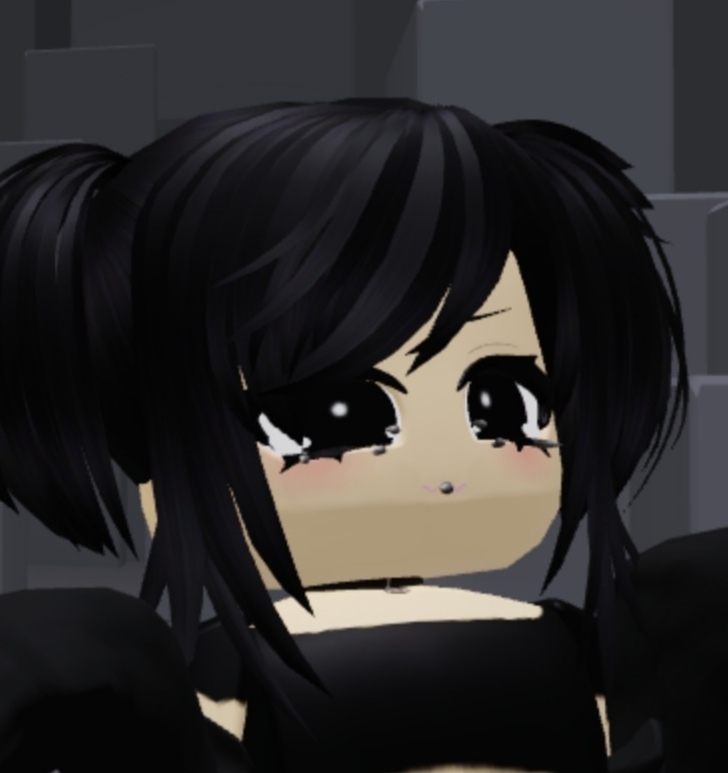Wala sa sheet
Cards (26)
- We use to think about the length of a dance or parts of a dance measured in seconds, minutes, or hours.
- A rhythmic pattern is less predictable than metered time. Dancers may perform movement without using music, relying on cues from one another.
- Is the path through space made by the dancers curved, straight, or zigzagged? Or is it random?
- Does the movement take up a small, narrow space, or a big, wide space?
- Does the movement show heaviness, as if giving into gravity, or is it light with a tendency upward?
- Does the movement seem restricted or bound, with a lot of muscle tension, or is it relaxed, free, and easy?
- two types of action
- Any movement that occurs in one spot including a bend, stretch, swing, rise, fall, shake, turn, rock, tip, suspend, and twist.
- Any movement that travels through space including a run, jump, walk, slide, hop, skip, somersault, leap, crawl, gallop, and roll.
- those that move the body in space in any direction with the feet as the moving base such as walking, running, jumping, and hopping. These are basic locomotor movements which can be combined in some specific patterns for variations. Variations can be done in skipping, leaping, sliding, and galloping.
- an uneven and alternate transfer of body weight from one foot always remaining in contact with ground. The heel touches the floor first when moving forward.
- lifting the body in air from one foot and landing on the other foot in any direction.
- a spring on one-foot landing on the same foot in any desired direction.
- a spring on one or both feet landing on both feet in any direction.
- a step on one foot and hopping on the same foot in fast tempo.
- a modification of the walk in which the sole of the feet is in contact with the floor throughout the movement. The slide may be done with alternating movement, one foot leading when moving backward.
- the individual stays put in place and moves the torso, arms or legs or the entire body like pulling, striking, lifting or swinging.
- springy movements of a joint from controlled small flexions and extensions within the deep flexion joint. This develops flexibility and increases range of motion.
- reaching out movements designed to extend muscle and joints to their fullest range to develop flexibility, range of motion and elasticity.
- flexion of joints
- the part of the body is allowed to turn around its own axis.
- the distal end of a body part traces or describes a circle while the proximal part is in place.
- a forceful movement made to move an object toward the body most often done with the arms.
- a forceful movement made to move an object away from the body.
- a movement which raises an object or body part from one level to another.
- a rotation or circular movement of the body or body parts around in space.
